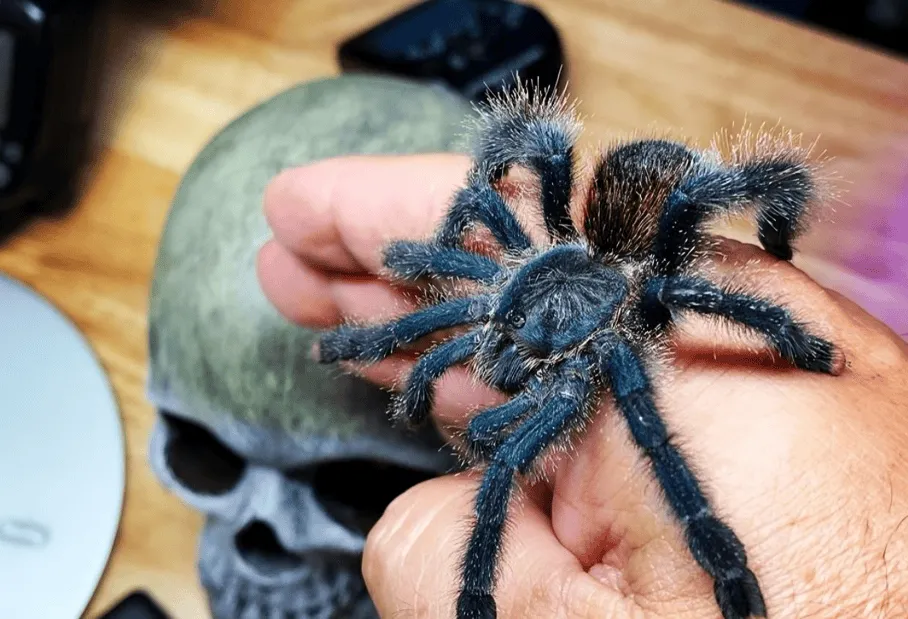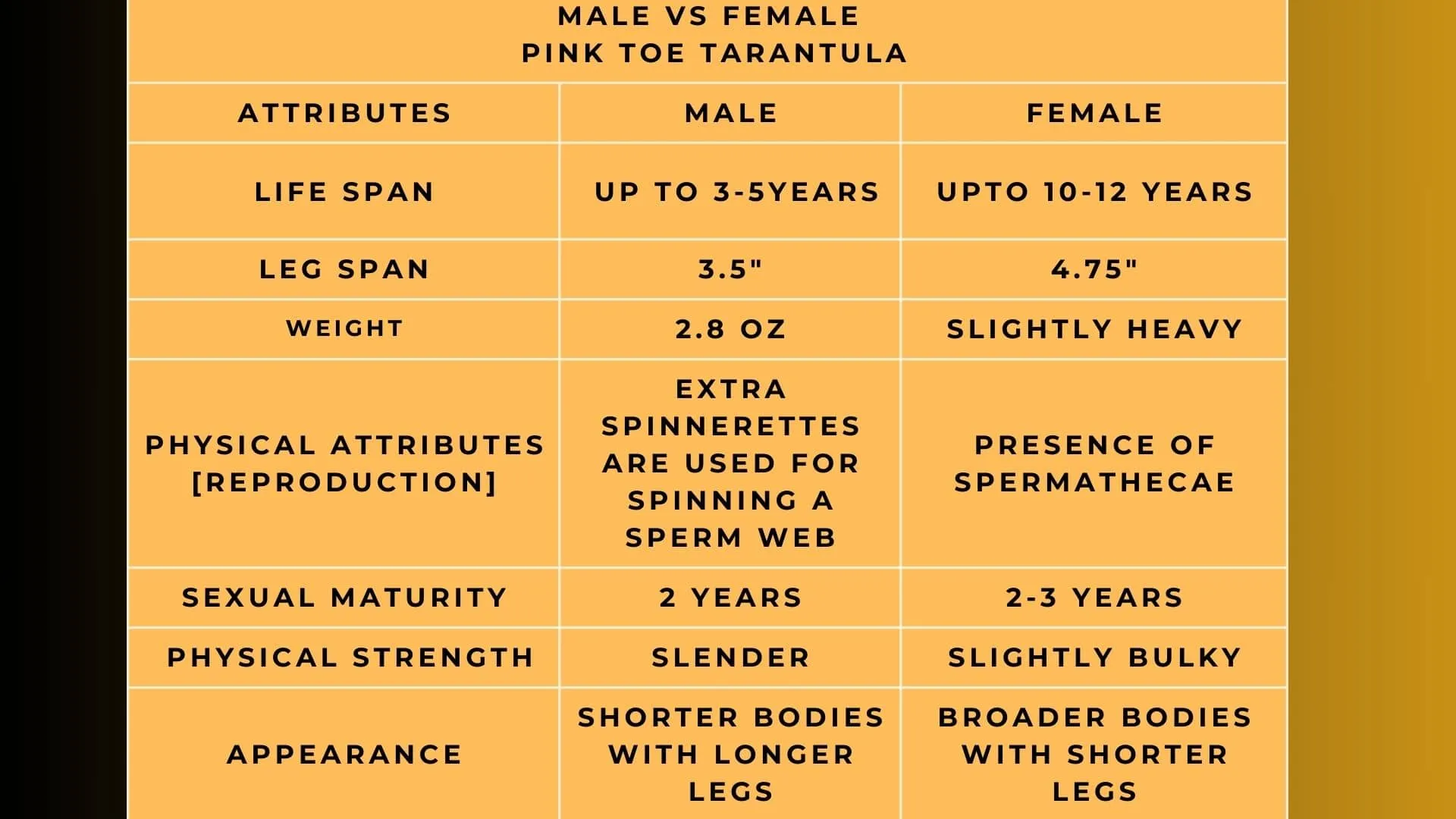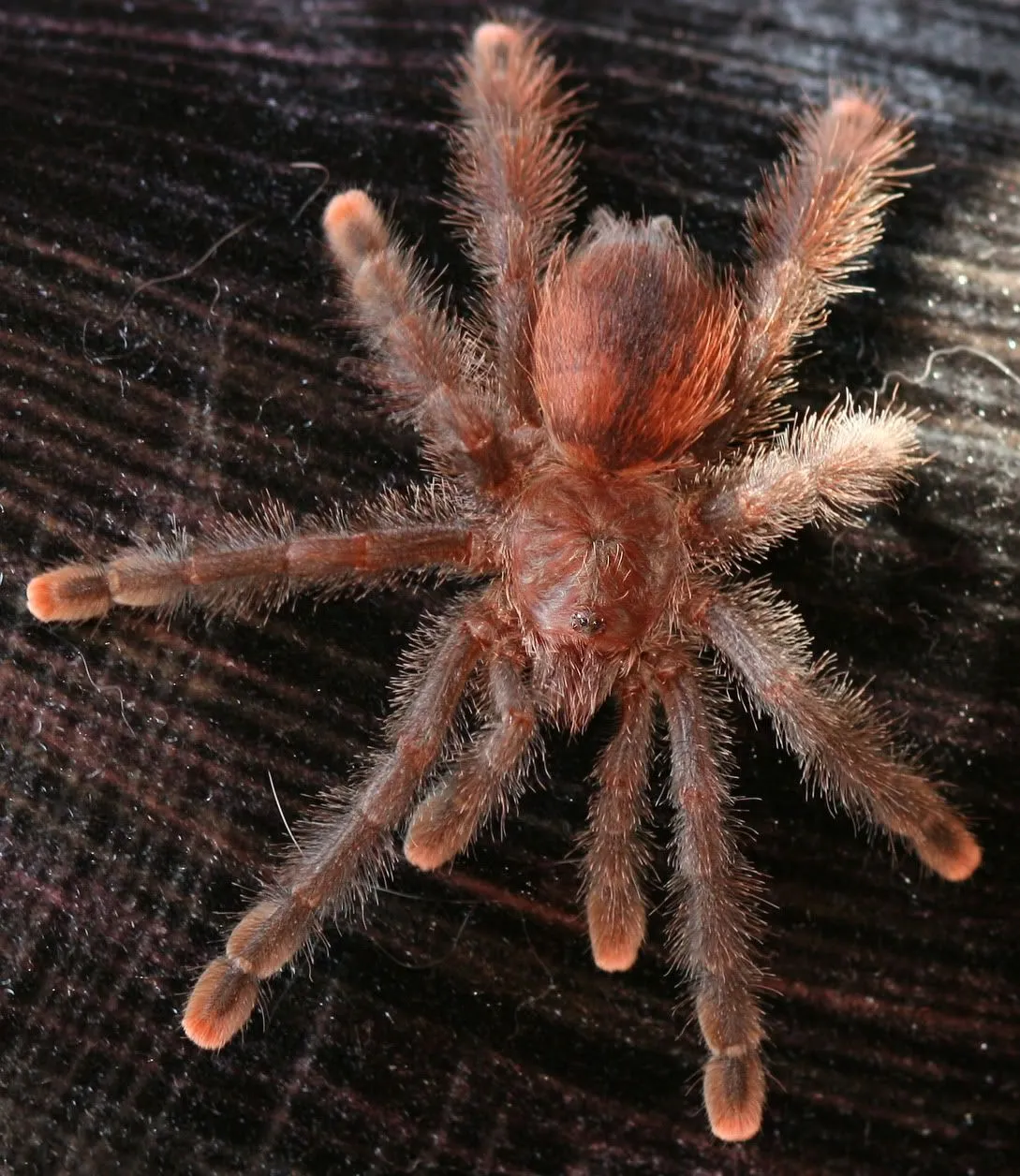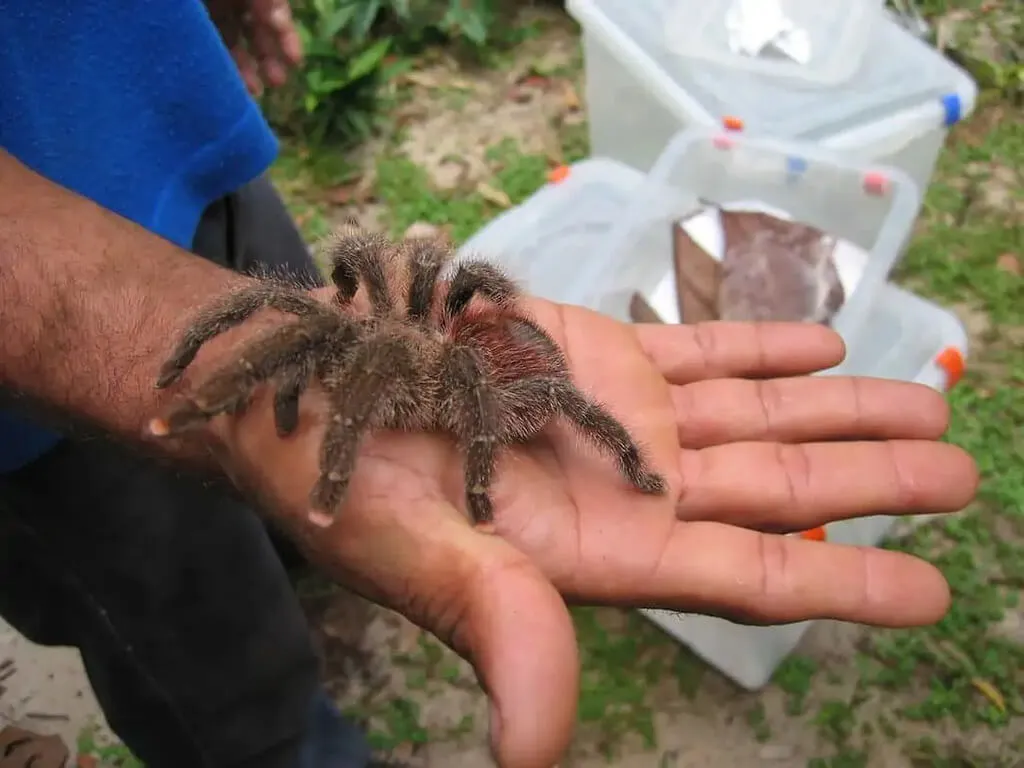What is a Pink Toe Tarantula Age Chart
A Pink Toe Tarantula age chart is a valuable tool for tarantula keepers, offering insights into the expected lifespan and developmental stages of these fascinating creatures. It’s not a rigid, definitive guide, as individual tarantulas can vary. Instead, it provides a framework for understanding the typical growth patterns, molting cycles, and general health indicators associated with different age groups. This information can help you tailor your care and provide an environment that supports the tarantula’s overall wellbeing. Age charts commonly consider factors such as the size, growth rate, and the frequency of molting, offering a comprehensive view of the tarantula’s life cycle.
Factors Influencing Pink Toe Tarantula Lifespan
Several factors significantly impact the lifespan of a Pink Toe Tarantula. These include genetics, diet, habitat conditions, and the absence of diseases or injuries. The genetics of the individual tarantula can determine its potential lifespan. Proper nutrition is crucial, with a balanced diet of appropriately sized insects (like crickets, roaches, or mealworms) ensuring healthy growth. The habitat must mimic the tarantula’s natural environment, maintaining the correct temperature, humidity, and providing suitable hiding places. Regular observation for signs of illness or injury and prompt veterinary care are also critical. These factors work together to create an environment that supports optimal health and longevity.
Sex Determination and its Impact on Age

Sex determination is a critical aspect when assessing a Pink Toe Tarantula’s age chart. Male Pink Toe Tarantulas generally have shorter lifespans compared to females. Males often reach sexual maturity sooner, and their primary purpose is to mate, which leads to a shorter lifespan. Female Pink Toe Tarantulas can live for a much longer time, often exceeding a decade, provided they are well-cared for. Accurately determining the sex of your tarantula allows you to set realistic expectations regarding its longevity. The best time to determine the sex is after a molt, where the exuvia (shed skin) can be examined under magnification to identify the presence of spermathecae in females, or the absence of them in males.
Understanding Growth Stages of Your Tarantula
The Pink Toe Tarantula goes through distinct growth stages, each characterized by specific behaviors and needs. Spiderlings are the youngest stage, requiring a small, secure enclosure and a diet of flightless fruit flies or pinhead crickets. As they mature, they progress through several instars (molting stages). Juveniles continue to grow and molt regularly, increasing in size and requiring larger prey items. Adults have reached their full size and, in the case of females, will continue to live for many years. Understanding these stages helps you provide appropriate care, including adjustments to enclosure size, prey size, and overall environment, supporting your tarantula through each phase of its life.
Molting Frequency Across Different Age Groups
Molting is a fundamental process for Pink Toe Tarantulas, allowing them to shed their exoskeletons and grow. The frequency of molting varies with age. Spiderlings and juveniles molt frequently, sometimes every few weeks or months, as they grow rapidly. As the tarantula matures, molting frequency decreases. Adults may only molt once or twice a year, and older females may even molt less often. The molting process is a vulnerable time for the tarantula; therefore, it’s critical to maintain consistent humidity and avoid disturbing the tarantula during the process. Understanding these molting patterns helps you recognize when your tarantula is preparing to molt, allowing you to take precautions and provide a safe environment during this period.
Diet and Nutrition’s Role in Longevity

A balanced diet is crucial for the longevity of your Pink Toe Tarantula. It needs to provide all the necessary nutrients to support healthy growth and development. A diet primarily consisting of appropriately sized insects is essential. Crickets, roaches, and mealworms are common choices, but the size of the prey must be proportional to the tarantula’s size. Overfeeding can lead to health problems, such as obesity, while underfeeding can hinder growth. Providing a clean water source is also critical, especially as they can often get their hydration from the prey. A well-nourished tarantula is more resilient to diseases and injuries, contributing to a longer lifespan.
Environmental Factors Affecting Lifespan
Environmental factors profoundly affect the lifespan of Pink Toe Tarantulas. Maintaining the correct temperature and humidity levels is crucial. Pink Toe Tarantulas thrive in warm, humid environments, typically around 75-85°F (24-29°C) and 70-80% humidity. The enclosure should also be appropriately sized, providing enough space for the tarantula to move and establish a burrow or hide. A substrate of coconut fiber or peat moss helps retain humidity and provides a suitable surface for the tarantula. Regular cleaning of the enclosure helps prevent the buildup of harmful bacteria and fungi, which can negatively affect your tarantula’s health, and therefore, its lifespan.
How to Use a Pink Toe Tarantula Age Chart
Using a Pink Toe Tarantula age chart effectively involves observing your tarantula and comparing its characteristics to the chart’s guidelines. While age charts provide general information, it’s essential to remember that individual tarantulas may vary. Start by estimating the age based on size, molting frequency, and overall appearance. Note the size of the tarantula, the frequency of molts, and any changes in color or behavior. Consult with experienced keepers or online resources to clarify any uncertainties. Remember, the age chart is a tool to help understand your tarantula better, but it should not be a substitute for attentive care and observation. By noting the individual characteristics of your tarantula, you can gain insights into its health and overall wellbeing.
Common Misconceptions about Tarantula Ages

Several misconceptions surround tarantula ages. One common misconception is that you can determine a tarantula’s exact age. Because molting frequency decreases with age, it’s challenging to pinpoint an exact age. Another misconception is that tarantulas always live for a set number of years. Lifespan can vary significantly based on sex, genetics, and environmental conditions. Many people also believe that tarantulas are aggressive or dangerous pets. However, Pink Toe Tarantulas are typically docile and pose no significant threat to humans. Correcting these misconceptions is essential for promoting responsible tarantula keeping and preventing misunderstandings about their needs and behaviors.
How to Care for a Pink Toe Tarantula
Proper care is essential to ensure your Pink Toe Tarantula’s longevity. This includes providing an appropriately sized and well-ventilated enclosure with the correct temperature and humidity. Offer a varied diet of appropriately sized insects and ensure a constant supply of fresh water. Monitor your tarantula for signs of illness or stress, such as lethargy, loss of appetite, or difficulty molting. Handle your tarantula gently and avoid excessive handling. Regular cleaning of the enclosure is crucial for preventing the buildup of harmful bacteria and fungi. By providing a suitable habitat, diet, and attentive care, you can significantly increase the chances of your tarantula living a long and healthy life. The longevity of a tarantula directly reflects the quality of care it receives.
Final Thoughts and Resources
Understanding the Pink Toe Tarantula age chart is a key part of responsible pet ownership. While it provides a framework, remember to prioritize the individual needs of your tarantula through careful observation and attentive care. By providing a proper environment, a balanced diet, and a safe habitat, you are significantly increasing the chances of your Pink Toe Tarantula living a long and happy life. Consult experienced tarantula keepers, reliable online resources, and veterinary professionals for further guidance. Caring for these fascinating creatures can be incredibly rewarding. Make sure you are committed to providing a healthy environment for them. Enjoy the journey of tarantula keeping!
